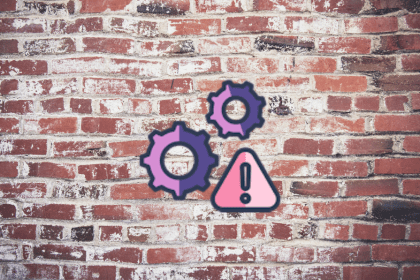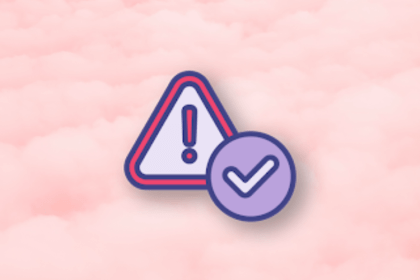
The rise of AI changed the rules of the game. Solving pain points and shipping new products has become faster and cheaper than ever before.

Market saturation occurs when most of your potential customers already own or regularly use your product, leaving limited room for growth.

Product markets offer you a chance to compete with other businesses to satisfy customer demands and preferences.

Learn about the two main types of price sensitivity surveys and how to use them to determine how much customers are willing to pay for your product.

MMPs are a key step in successful new product launches, as they go beyond the user to assess the market and help ensure commercial success.

Walk through steps to identify and strive for product-market fit, discover which metrics you should track in that pursuit, and see some real-world examples of both excellent and poor product-market fit.

Calibrating the right perception of your product is paramount to conveying the value it brings over its competitors. Learn more about product positioning in this comprehensive guide.

Instead of thinking about what to build next, try taking a step back and ask yourself what to optimize next.

For aspiring start-ups and established companies alike, understanding barriers helps you develop effective marketing and sustain growth.

Staying up-to-date helps you react faster to market changes, better inform your strategy, and get a healthy dose of inspiration.

All the metrics, data, and analysis you made will make a difference, but success isn’t always directly proportional to the effort you put in.

A customer profile is a document that outlines the ideal customers of a business-to-business (B2B) company.